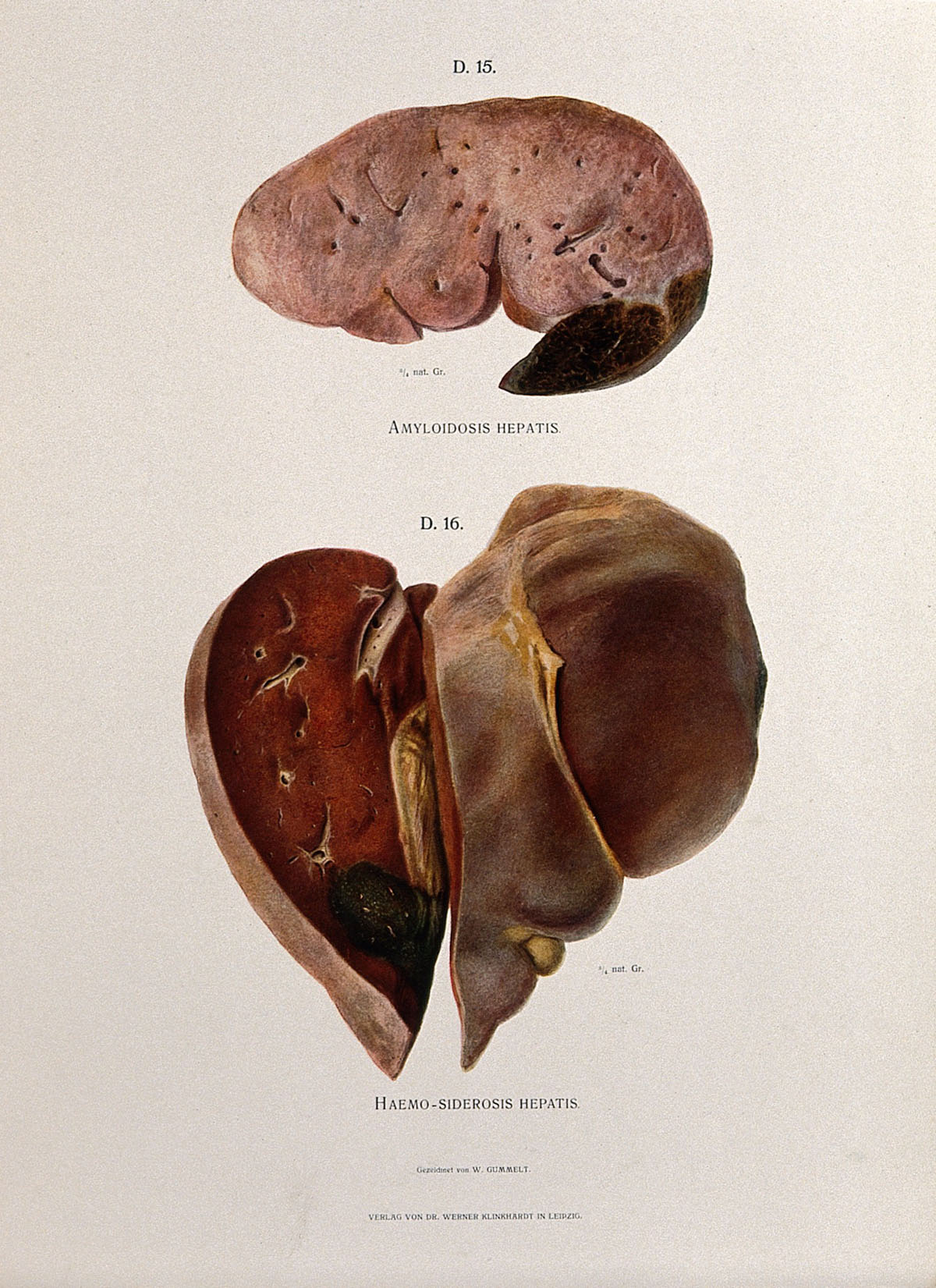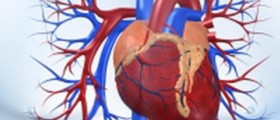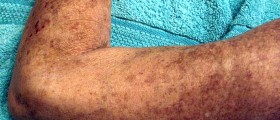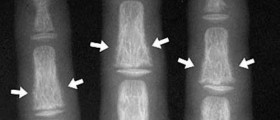
Amyloidosis is not a single condition. Instead it is the term used for many diseases all of which have one in common - excess build-up of amyloid in the body.
This protein may affect only a single tissue of the body, which is the localized form of the disease. However, build-up can be generalized affecting multiple organs and organ systems. This type is known as systemic amyloidosis. Systemic amyloidosis is a serious problem triggering structural changes which subsequently cause malfunction of the affected organs.
The condition may develop in previously healthy individuals. Also, it is possible to develop amyloidosis if there is already an underlying condition, especially if the person is suffering from multiple myeloma, chronic infections such as tuberculosis or osteomyelitis or some inflammatory illnesses like rheumatoid arthritis.Types of Amyloidosis
As it has already been mentioned amyloidosis is classified into localized and systemic disease. Localized amyloidosis affects only isolated tissues and may be blamed for mild injury that is usually asymptomatic. An example of localized amyloidosis is Alzheimer's disease. There is also one specific form of amyloidosis called beta-2 microglubulin amyloidosis. It affect patients who undergo kidney dialysis due to underlying chronic kidney failure. Since localized amyloidosis is not a serious health issue, medical experts focus more on systemic form of the disease.
Systemic amyloidosis is further classified into primary, secondary and hereditary. As it has already been mentioned primary amyloidosis is the one not triggered by some underlying conditions while the secondary occurs as a result of some conditions a person is already suffering from. Hereditary form of the disease, as the name suggests, is inherited from parents and never occurs spontaneously.
Primary amyloidosis develops once plasma cells (a type of cells normally found in the bone marrow) start to produce abundant amounts of an antibody called the light chain (AL protein). Deposits of this protein are blamed for all the symptoms and signs of the disease. Even though the word primary means that there is no condition that have triggered amyloidosis, it is possible to develop this form of the disease if one develops multiple myeloma.
Furthermore, secondary amyloidosis is the one associated with a variety of already existing medical conditions. The protein that accumulates excessively in certain tissues and organs is called AA protein.
And finally, there is familiar amyloidosis, a relatively rare form of the disease characterized by build-up of the protein transthyretin (TTR). The condition is inherited in an autosomal dominant fashion and the protein blamed for all the symptoms and signs of the disease is synthesized in the liver.
Clinical Presentation of Amyloidosis
Excess of amyloid is a reason why certain structural changes occur and these trigger functional abnormalities. So, symptoms and signs of amyloidosis practically depend on the affected organs. The heart, kidneys, liver, skin and lungs may be affected. Furthermore, the build-up occurs in the skin and joints. This is why there may be a different set of symptoms and signs affecting each and every patient. Fatigue, shortness of breath, weight loss and loss of appetite, numbness, tingling and swelling are only some of potential health issues these patients may experience.
The disease may not be mild at all and is sometimes a cause of detrimental complications. For instance, progressive damage to the kidneys is a trigger of kidney failure. Also, damage to the heart may be mild and well tolerated. On the other hand, when there is too much amyloid accumulated in the heart muscle, the heart's ability o pump blood significantly reduces. The condition may additionally disturb heart's rhythm. As for nervous system damage, many times condition leads to carpal tunnel syndrome and may be blamed for a lack of felling in the toes/soles of the feet as well as burning sensation in these body parts.
Treatment Options
There is no cure for amyloidosis but the condition can be brought under control and its symptoms managed successfully.
Primary systemic amyloidosis may be treated with several approaches. The doctor will determine the most suitable one. Medicamentous treatment comprises melphalan or cyclophosphamide, chemotherapeutic agents that are basically used in treatment of certain cancers but have also been proven efficient in patients suffering from amyloidosis. There are several more chemotherapeutics doctors are trying to incorporate into the treatment which may be even more successfully in reduction of symptoms of the disease. These include bortezomib, thalidomide and lenalidomide. Apart from chemotherapeutic agents, such patients may benefit from peripheral blood stem cell transplantation.
When it comes to treatment of secondary amyloidosis, the goal is to bring the underlying condition (the one triggering amyloidosis) under control. Once this is achieved further progression of amyloidosis is prevented and one may additionally require symptomatic treatment.
Hereditary amyloidosis is a many times associated with severe liver damage. These patients benefit from liver transplantation. Currently, scientists are investigating certain drugs that may decelerate or even completely stop progression of this type of the disease.
And finally, patients with systemic form of the disease require specific therapy according to damaged organs.

















Your thoughts on this
Loading...